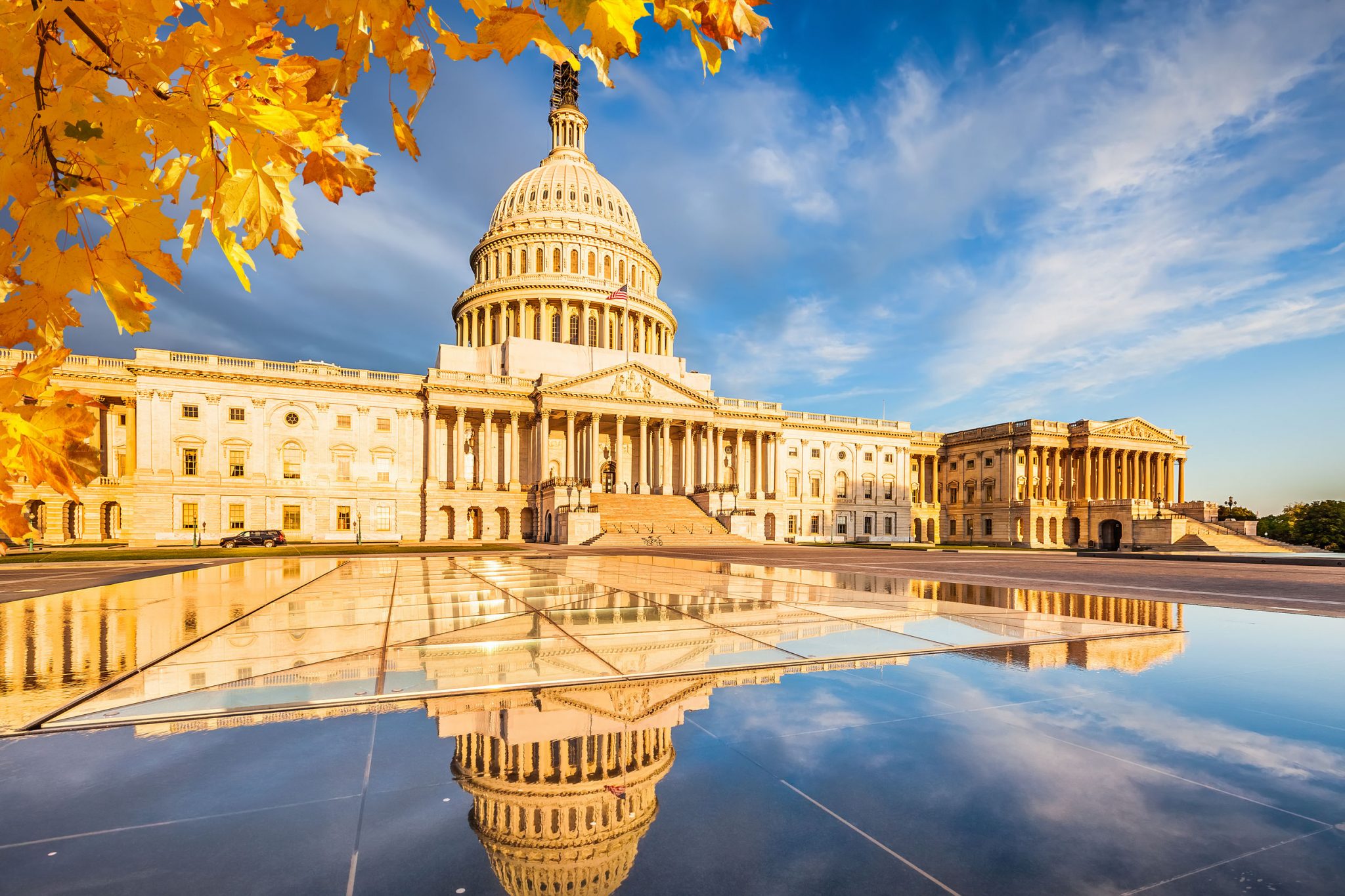
Last month, President Joe Biden announced the federal government would forgive hundreds of billions of dollars of student loans. The New York Times reported that I “called the initiative ‘one of the most consequential administrative actions for housing in a generation,’ and said it could bring millions of new home buyers into the market.”
The student loan debt forgiveness decision provoked a broad range of reactions in the media, on the Hill, among elected officials and candidates, and many of my friends and family. Some thought the forgiveness was too much, a betrayal of all of those who paid for college or repaid their loans. Those who called for all student debt to be forgiven thought it was too little. A few were in the middle, saying the President got it right by capping eligible annual income at $125,000 per individual, or $250,000 per family, but doubling the benefit for those who received Pell grants, targeted to low-income students.
The National Housing Conference did not advocate for the change. Given the opportunity, it isn’t how we would allocate up to nearly a trillion dollars in federal funds. But there is no question that decision will significantly impact housing, particularly for low- and moderate-income first-time homebuyers and cash-strapped renters. So, let’s examine what that impact could be and how student loan debt – and debt forgiveness – impacts housing.
According to a study conducted by the National Association of REALTORS®, “nearly half of student loan debt holders say debt is delaying them from buying a home because they can’t save for a down payment (47 percent) and don’t think they qualify for a mortgage (45 percent).” And student loan forgiveness targeted to Pell Grant recipients will significantly impact borrowers of color.
In a National Center for Education Statistics report, 72 percent of Pell Grant recipients were Black. Black Americans have significantly lower homeownership rates, and there is a significant correlation between multigenerational homeownership and successful first-time homeownership. Millions of Black and brown veterans were denied their education and housing benefits under the GI Bill of Rights following World War II, and the impact of this discrimination has a multigenerational legacy. The Black homeownership rate is as low today as it was in 1968 when housing discrimination was still legal. NHC’s commitment to closing the racial homeownership gap is a major multi-year priority and disproportionate levels of student loan debt has been identified as a major factor working against this effort.
This initiative, much like our income tax system and many other federal benefits, is targeted to those who need it the most. Wealthy students don’t need student loans, and high-income graduates can service their student loan debt and pay off their loans. The average Black borrower owes 71.5 percent more than their white counterparts ($32,047 for Black borrowers compared to only $18,685 for white borrowers). After that same four-year span, 48 percent of Black students owe an average of 12.5 percent more than they initially borrowed. Due to negative amortization, they actually owe more each year, despite regular payments. In comparison, 83 percent of white students owe 12 percent less, according to the Education Data Initiative. Similar disparities exist for Latino, Asian-American, and other ethnic groups.
The impact of student loan debt and homeownership is clear. In a study published in the Journal of Labor Economics in 2020, researchers from the Federal Reserve Board of Governors estimated that “a $1,000 increase in student loan debt lowers the homeownership rate by about 1.8 percentage points for public 4-year college-goers during their mid-20s, equivalent to an average delay of about 4 months in attaining homeownership.” In validity tests, they found that these results held up when controlling for local economic conditions or changes in educational outcomes.
It is also important to remember that most people benefiting from student loan forgiveness are not graduates of four-year colleges or advanced degree programs. According to the U.S. Department of Education, 581 million student debt holders have associate degrees, and another 389 million have certificates of completion, compared to 33.6 million undergraduates and 14.1 million with advanced degrees. For example, 73 percent of people entering Modern Welding School are taking federal student loans, with an average total debt of $6,508. According to the U.S. Department of Education, graduates of for-profit barber and cosmetology schools make up eight of the ten schools nationwide with the highest student loan default rates. The reason for this is simple. Incomes likely with these careers are rarely likely to be capable of servicing the debt necessary to become accredited.
Finally, before criticizing as deadbeats students who have their loans forgiven or suggesting they got something the rest of us did not, it would be good to ask if one’s job, or the job of a friend or family member, benefited from a Paycheck Protection Program (PPP) loan. The Trump Administration created this program and enacted it with strong, Congressional bipartisan support. As a result, over 10 million PPP loans were forgiven, more than $740 billion to date, including two taken by the National Housing Conference. With nearly 90 million jobs saved by PPP, I hope we can all agree it was worth it.
Any cancellation of a federal obligation available to some people and not others is, by nature, extremely controversial. The many people who think this is unfair to those who paid their tuition bills themselves, especially those who struggled to do so, are not being unfair. There is no question that those who paid off their loans by making tremendous financial sacrifices will rightfully feel that this program was particularly unfair. But life is unfair, as President John F. Kennedy said when calling up reservists for military duty after they had served their commitments, and governing requires painful and often unfair tradeoffs. The ultimate question for NHC is, will this be good for housing, and I believe that answer to that question is clearly, “Yes.”

